I participated with danish artist Per Kirkeby and danish writer Ib Michael in the expedition The Old Maya in 1971. A journey where we explored the ancient Mayan culture in Mexico, Guatemala and Honduras, at a time when it was time to travel to Afghanistan and Nepal, and which resulted in the book Mayalandet and the children’s book Indian life in the rainforest. Mayalandet or Maya country in english was a mixture of a novel and a travel book with Ib Michaels text, Per Kirkebys drawing and my photographs from the ancient Mays ruins and a few from the lacandon indians, but in B/W even if I shot most of them in color. The children book was only for school purposes and was not sold in book stores. So very few of my images from our visit in the rainforest of Chiapas has been published until now.
Our first stop was Palenque, a mythical Mayacity, much of which is covered by jungle. We lived in the archaeologists’ neighborhood, a house without electricity, only kerosene lamps. At night we sat on the ruins and studied the starry sky. In the jungle we swung in the vines by a small waterfall.
At the same time we had a dream to find some of the few descendants of the Mayans who still lived in the rainforest. In the city of Palenque we found the pilot Moises Morales. It turned out that he had known Frans Blom, the Dane who had dedicated his life to the Mayan culture. Now suddenly there were 3 Danes.
He told us that a few months ago he had flown over a group of Lacandon Indians he had not seen before. He drew a map and explained how we got to the nearest village, Damasco.
When we arrived by a small bus to Damasco, we asked for Metzabok, the lake where Moises Morales have seen the Lacandon Indians. They pointed into the rainforest and we waded in our naivety into the forest… quickly, the sky was gone, the paths disappeared. It is impossible to orient oneself. There was only one way. Back.
Back in Damasco we found a guide and we strolled at full speed through the rainforest. Everything is wet and muddy. The paths are almost non-existent. We were soaked, you grabbed for a tree, when you were about to slip, it was full of spikes. When we passed a fallen tree, our guide first knocked to chase away any snakes. Suddenly we were standing by a clearing, a milpa, a cultivated corn field.
We passed it and now stood face to face with a somewhat surprised Lacandon family at some small huts. Our guide exchanged a few words and disappeared. Now we were left to the uncertainty.
It became a week where time and place disappeared. The Lacandons lived their own lives, did what they always did. The children gathered root vegetables, the mother made cigars, the father chopped down tree trunks, and ground corn. Everyone was preoccupied with something that fell to them naturally, there was no visible organization, they were just doing what needed to be done.
These Lacandons were the last still living as they had done for centuries with only sparse contact to our world. Today they are assimilated with the population in the area, but are still Lacandons.
Below is a small selection of the images. I used 2 Pentax Spotmatic cameras, 1 for B/W with Kodak Plus-X Pan film and 1 for Kodachrome 64 ASA film and sometimes Ectachrome, with 3 lenses, a 35 mm, a 50 mm and a 85 mm, all Takumars.
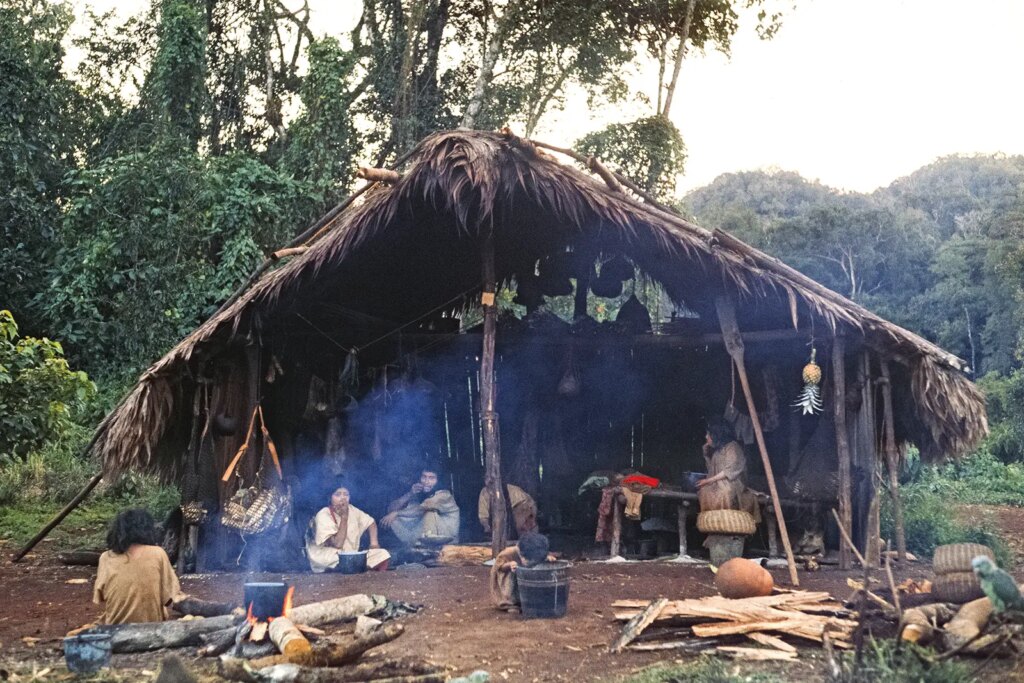
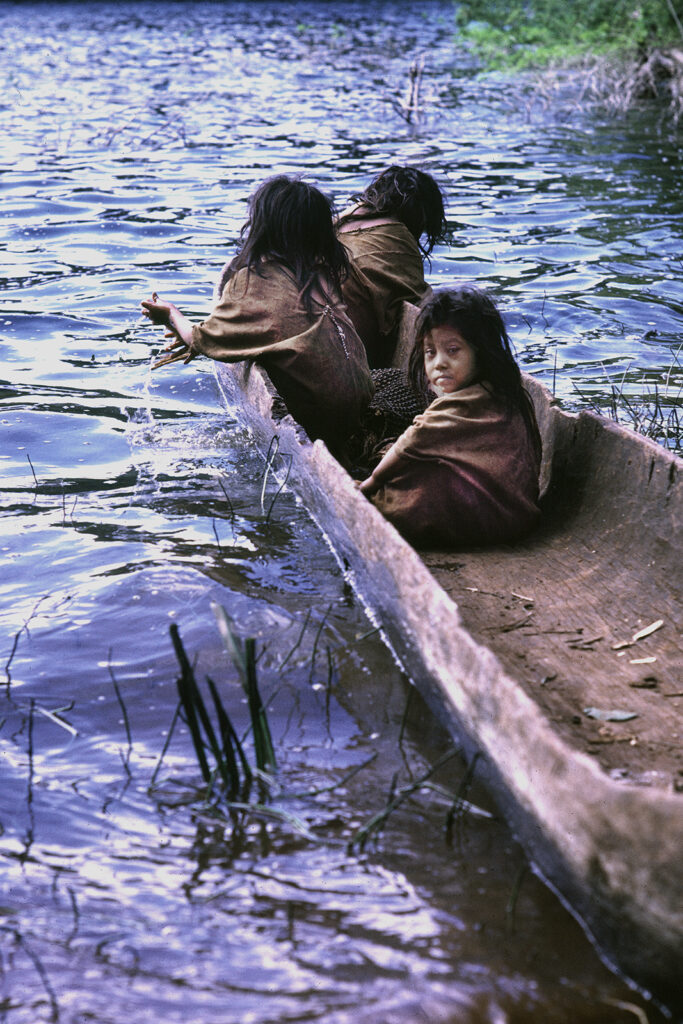
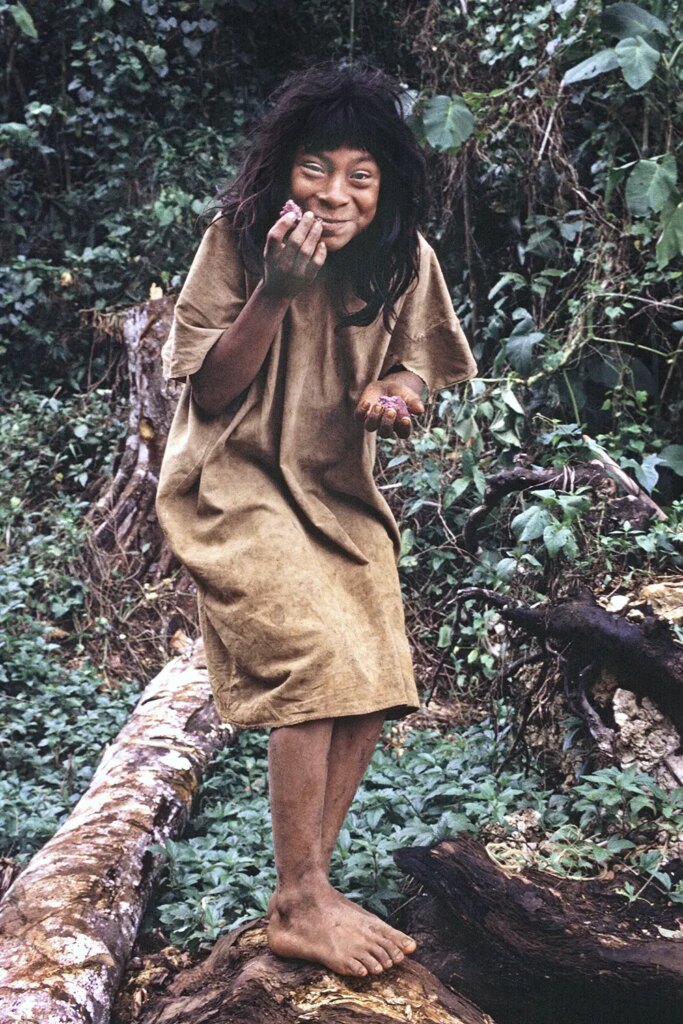
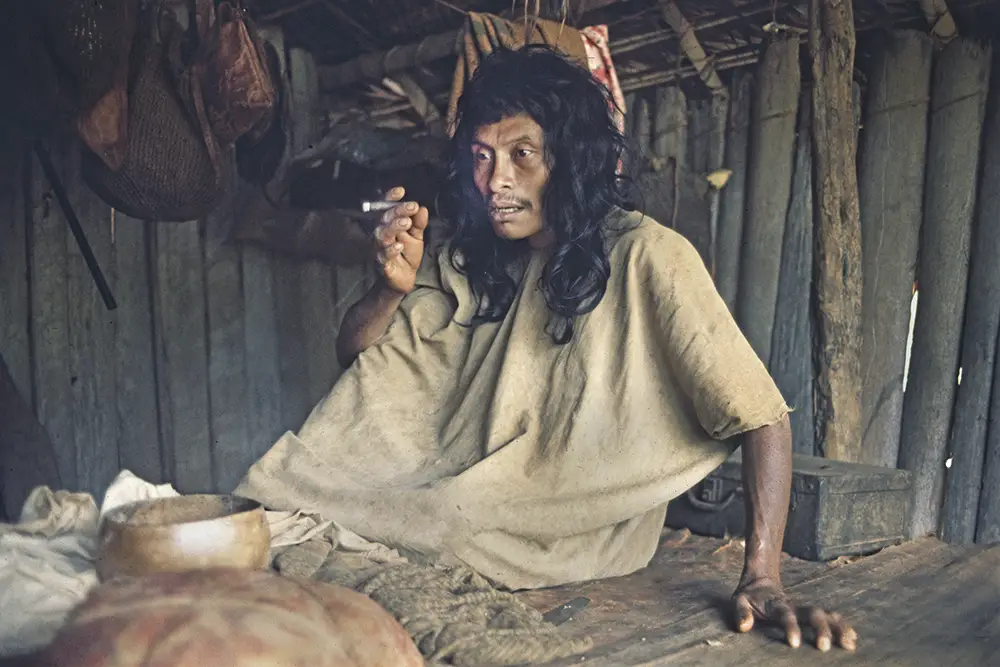
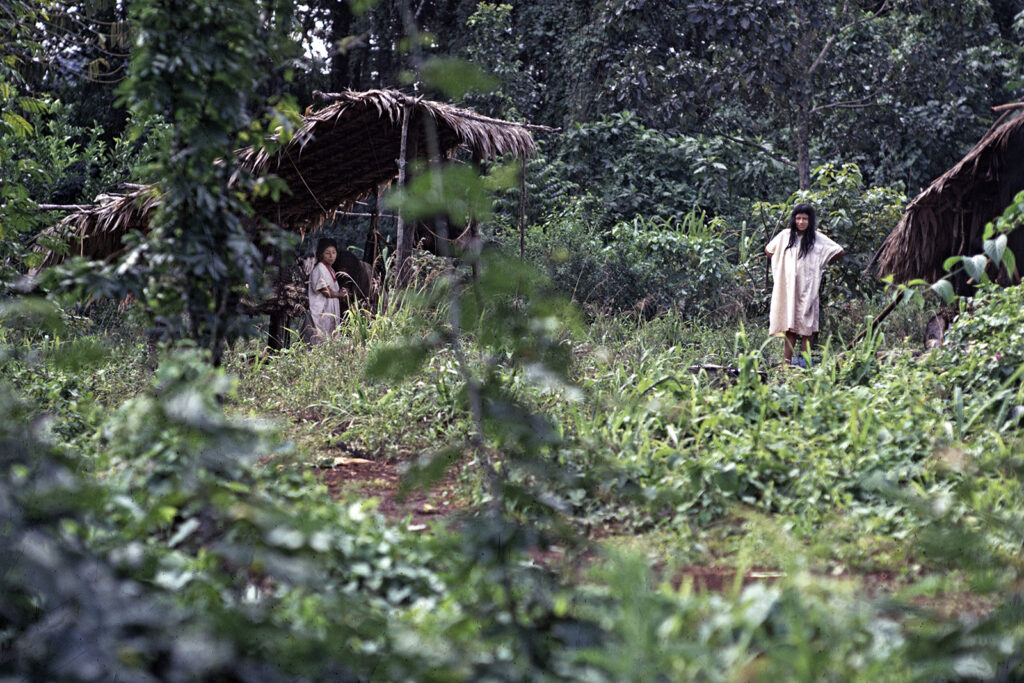
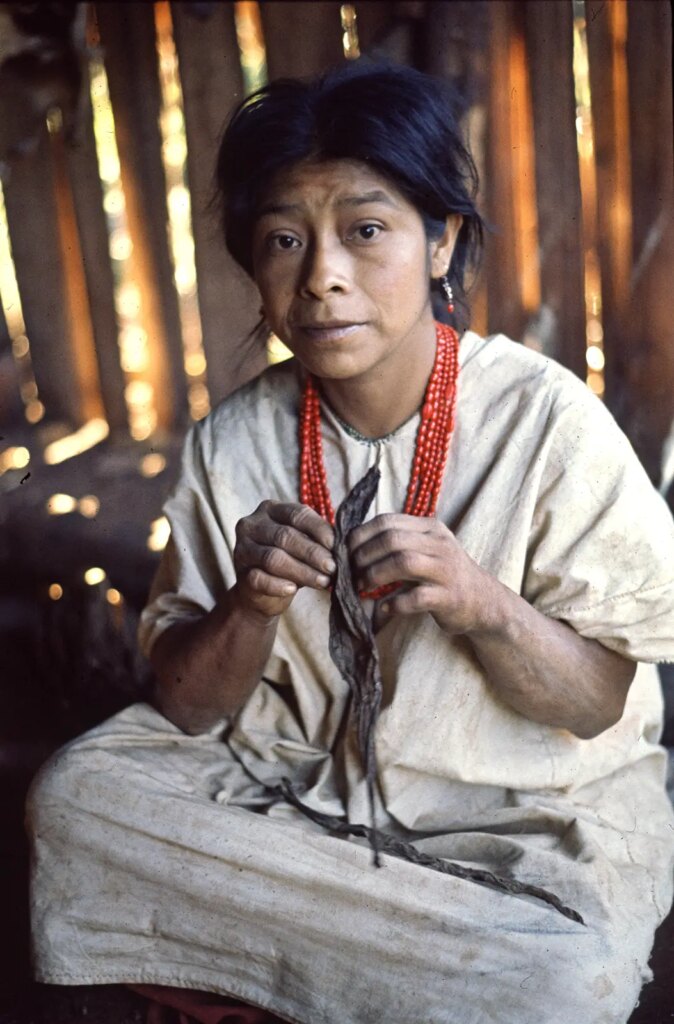
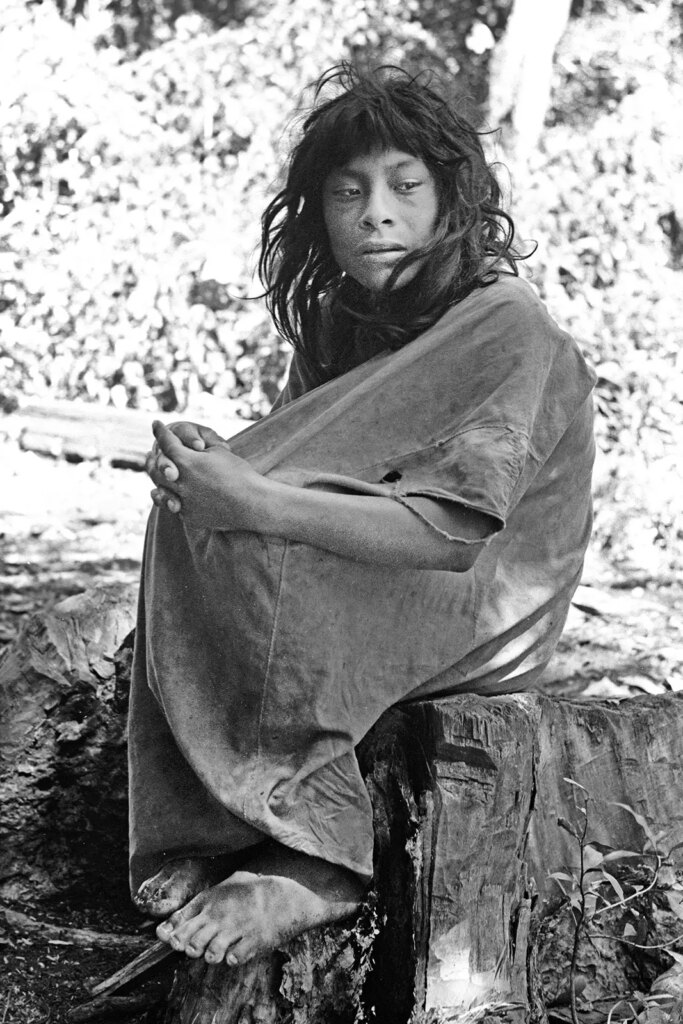
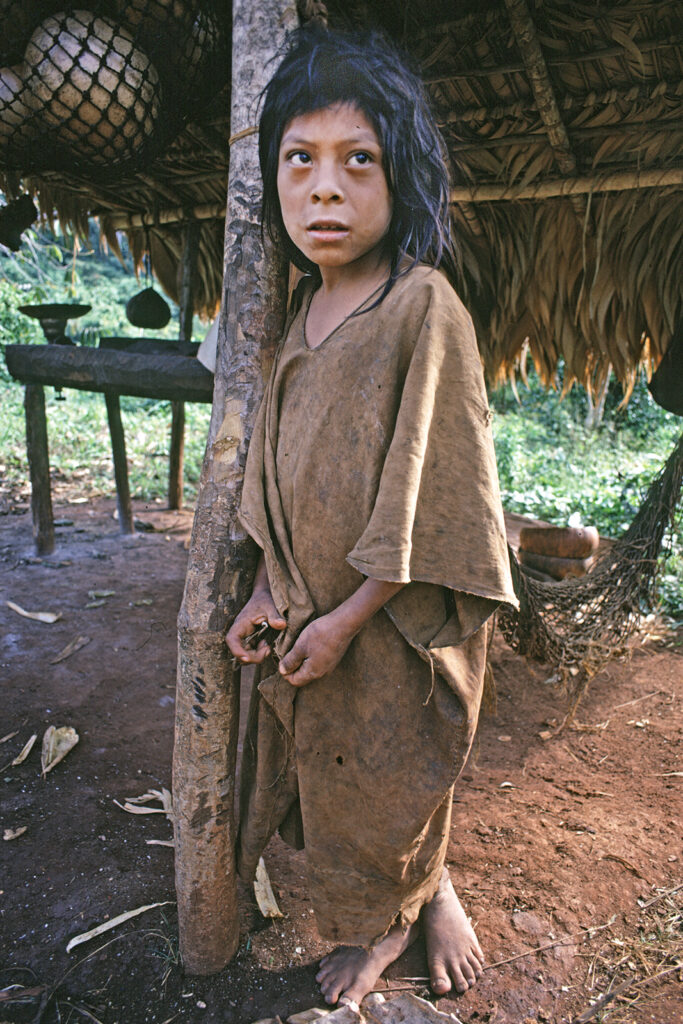
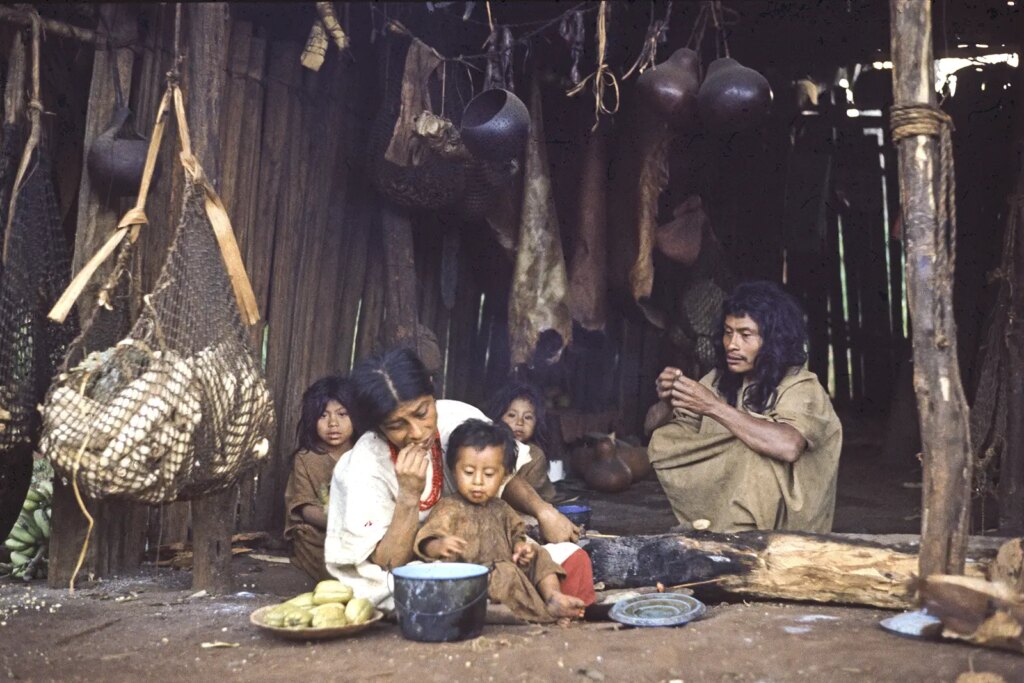
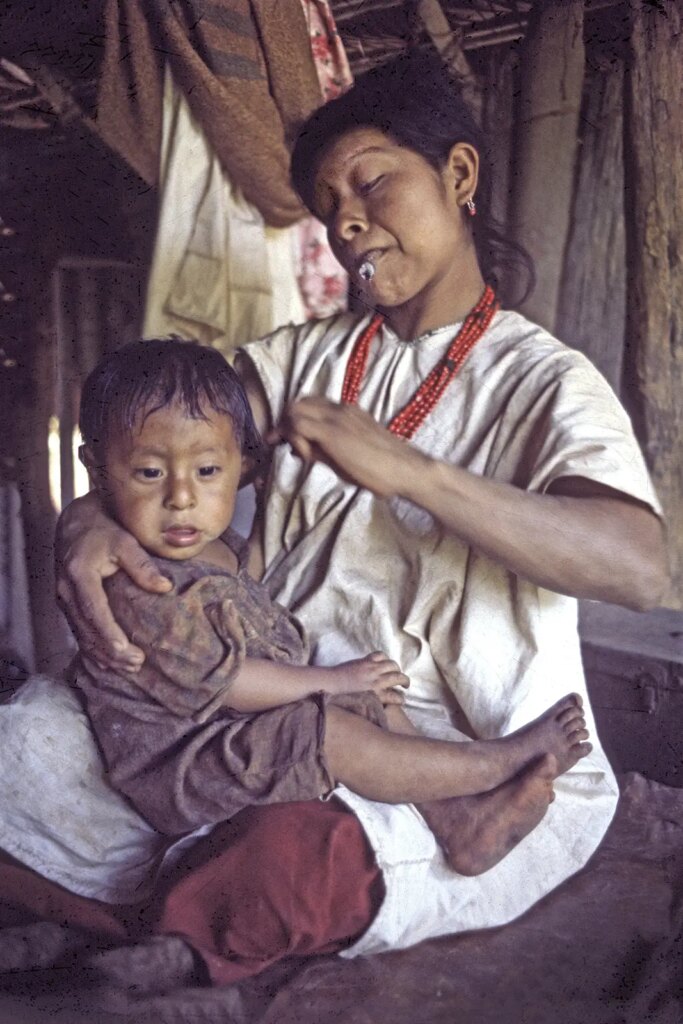
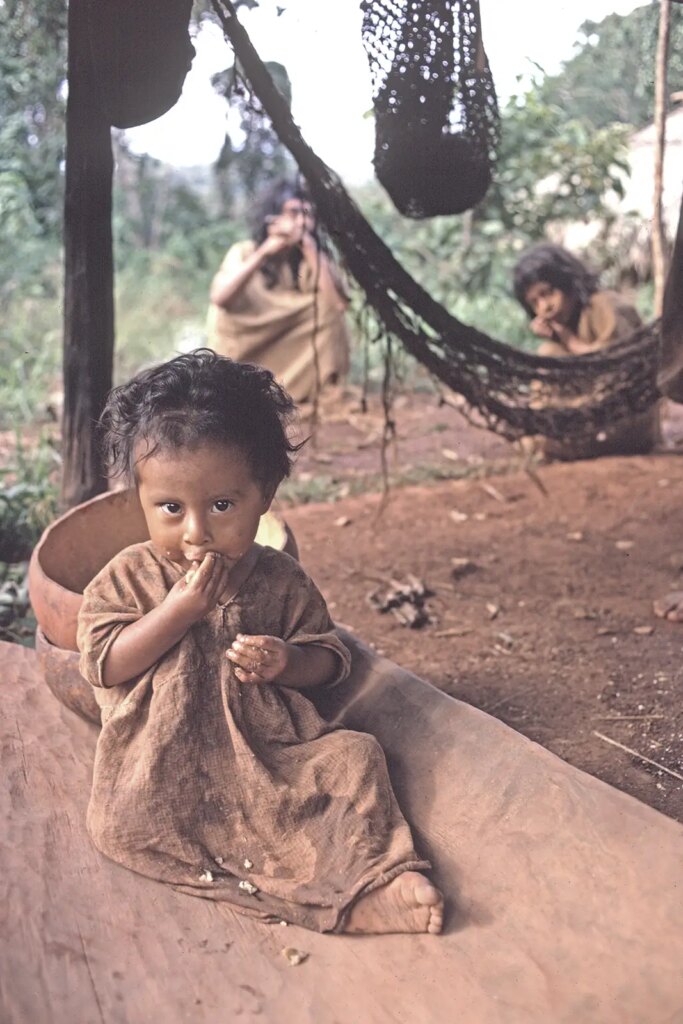
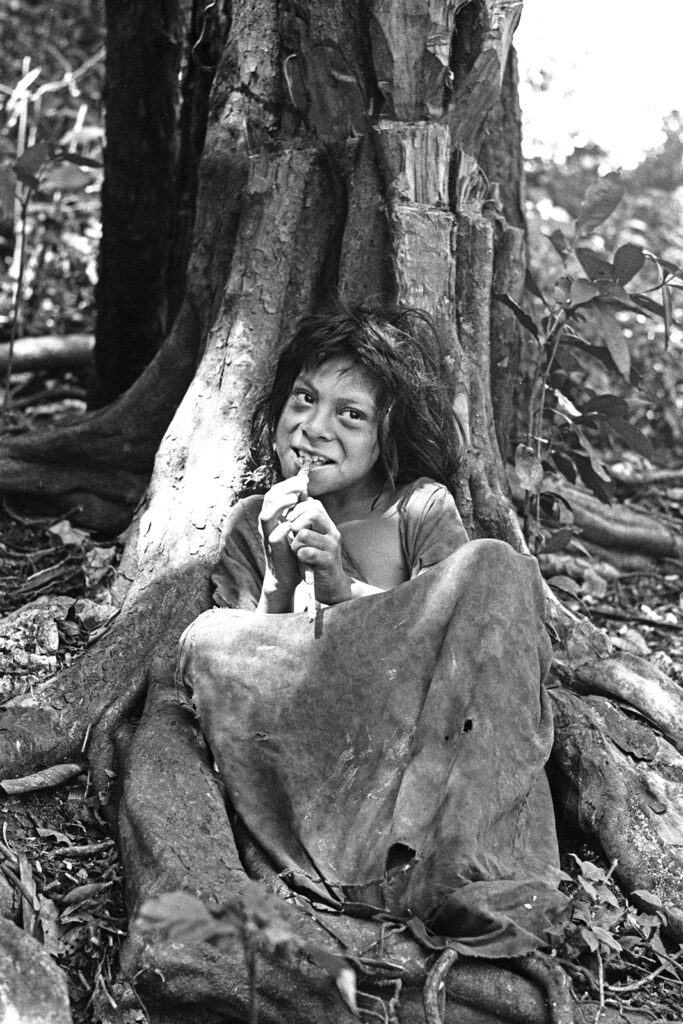
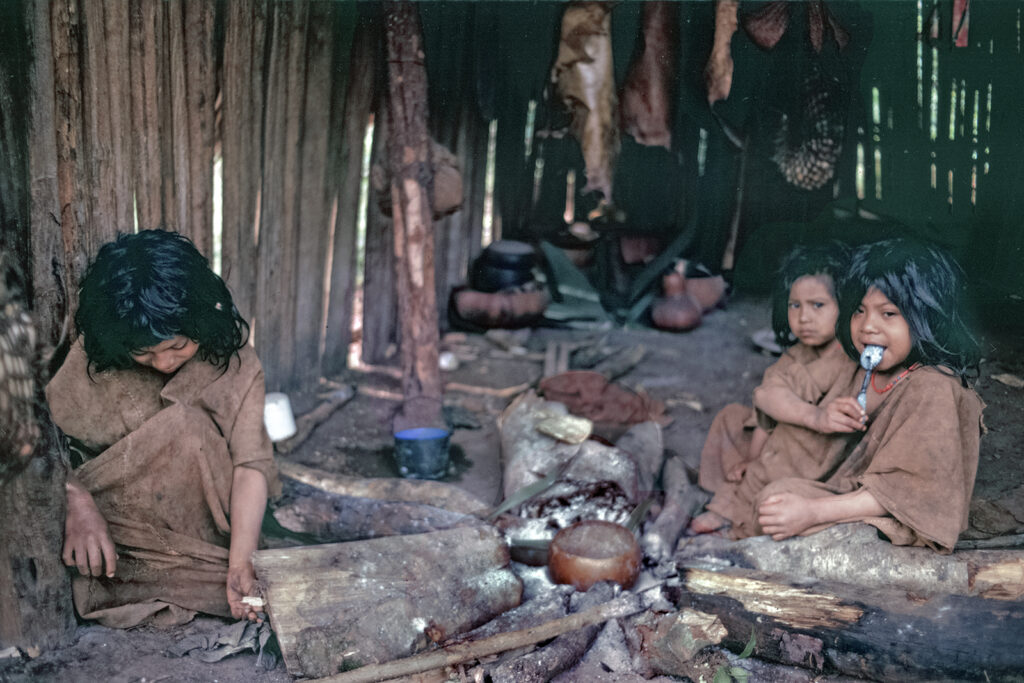
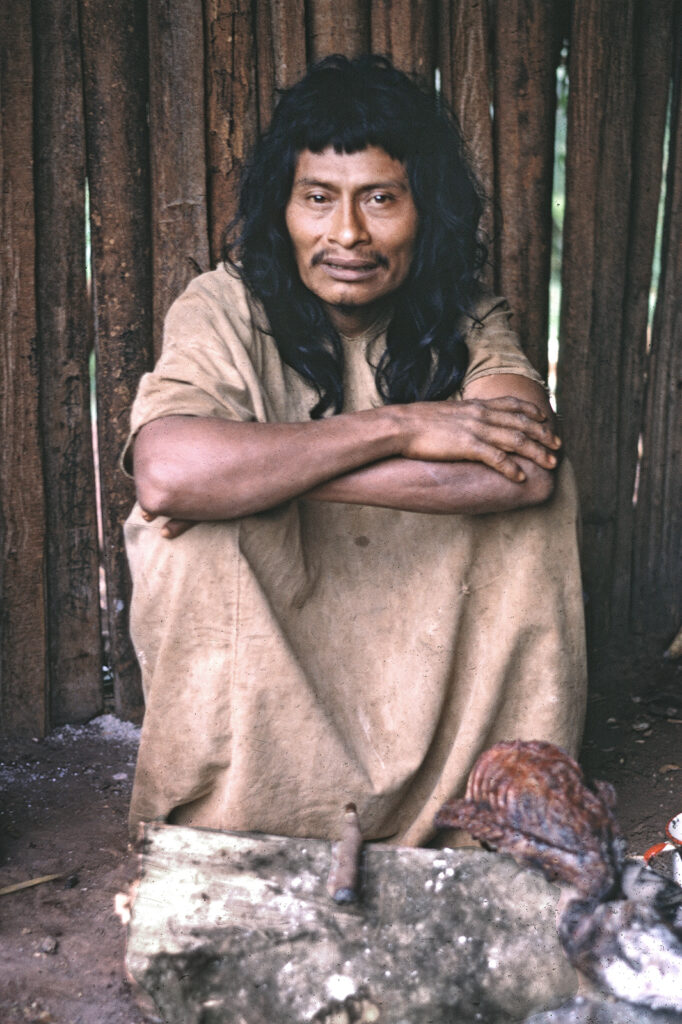
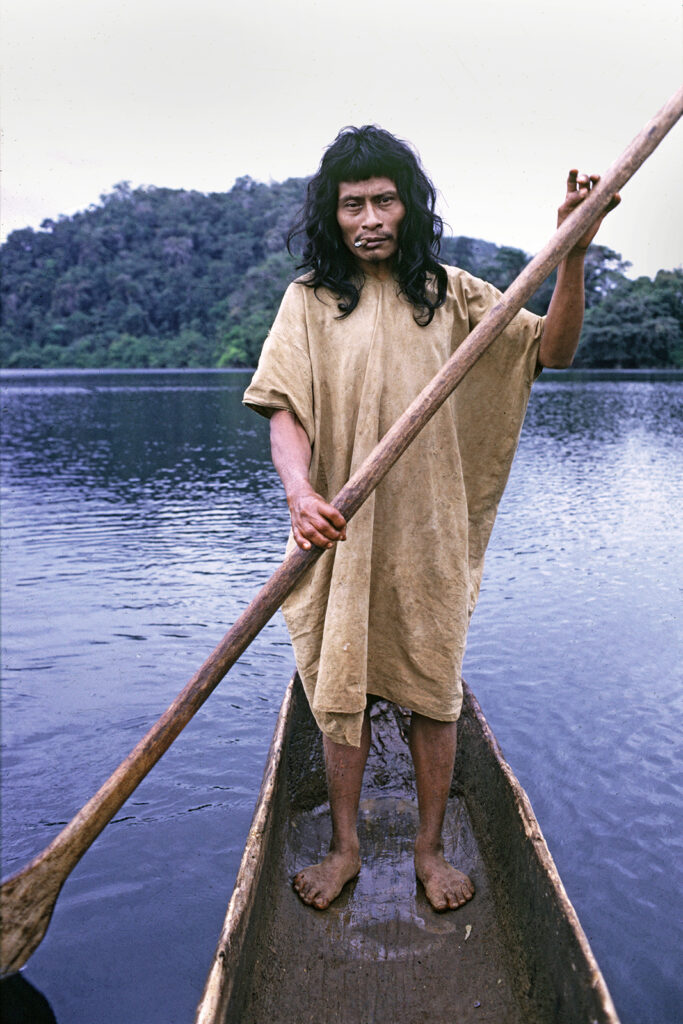
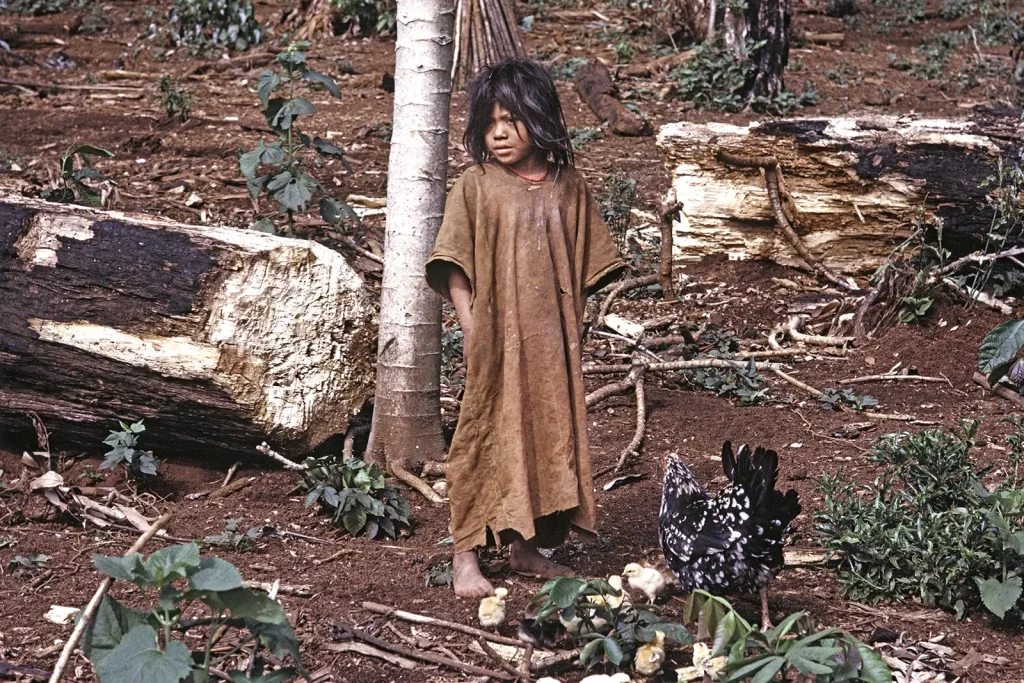
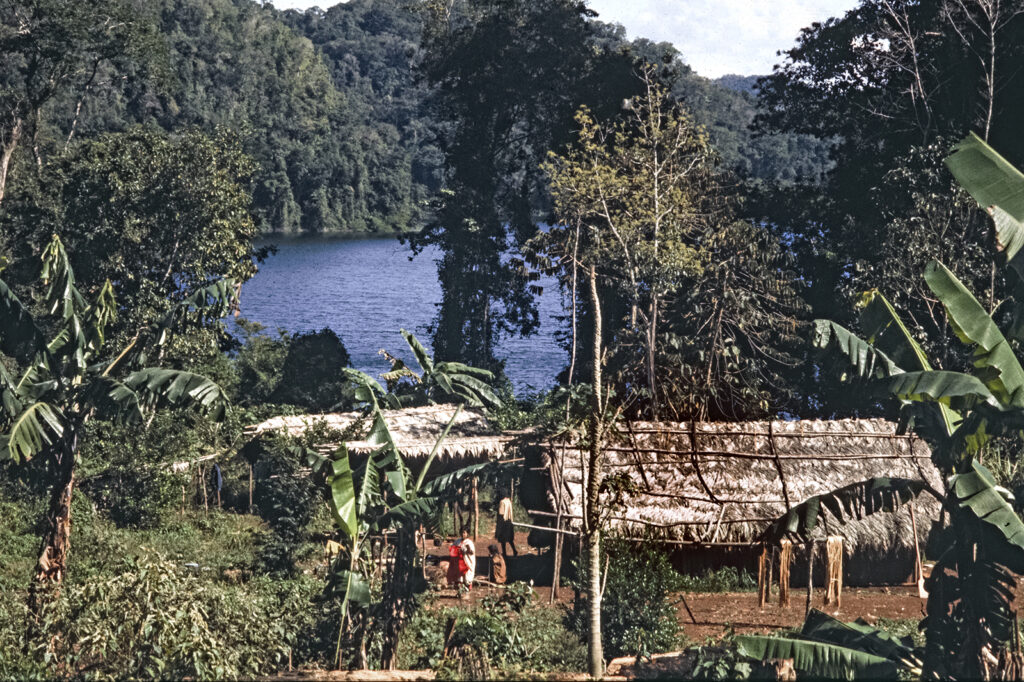
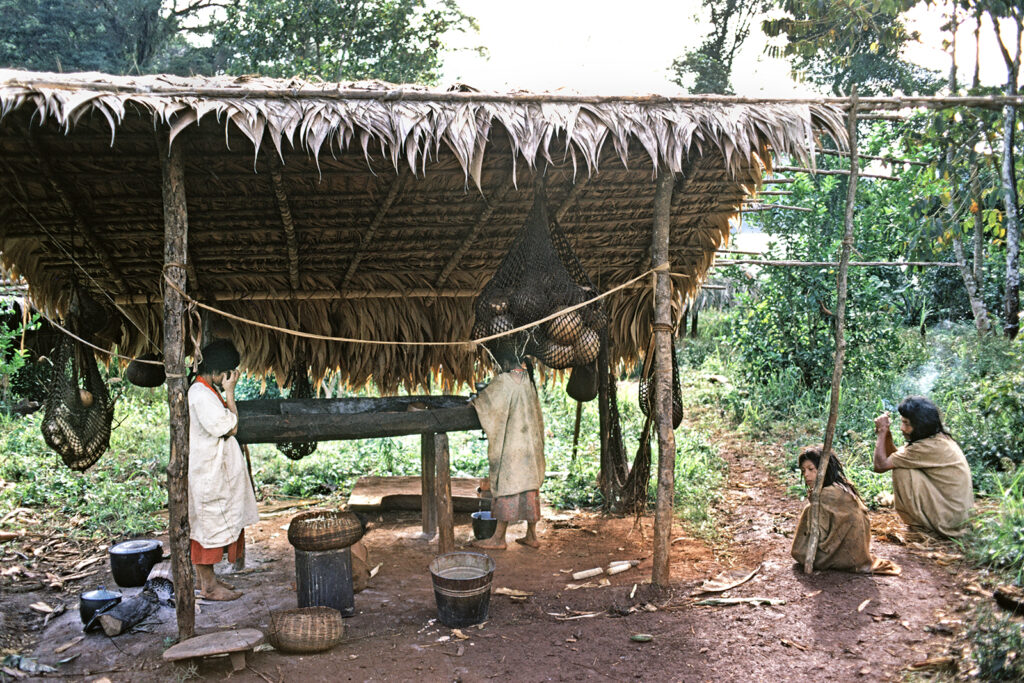
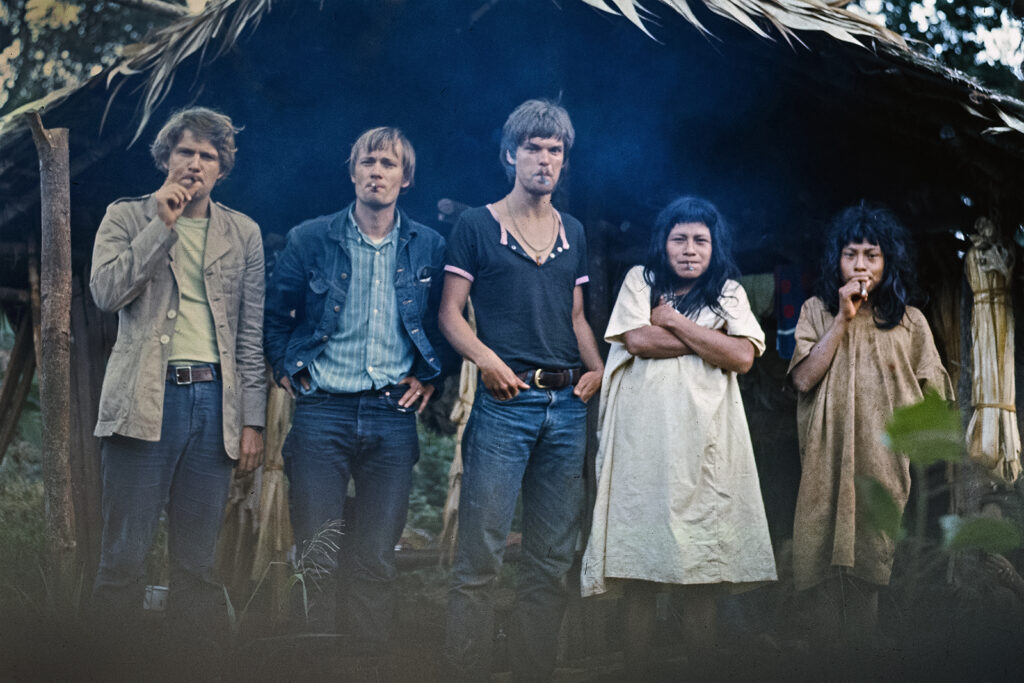
After publishing my book “A PROPOS THE 60S” I decided making a book solely with my images from the trip into the rainforest of Chiapas. I was supported by 2 private foundations.
You can buy the book here www.edition-blondal.dk
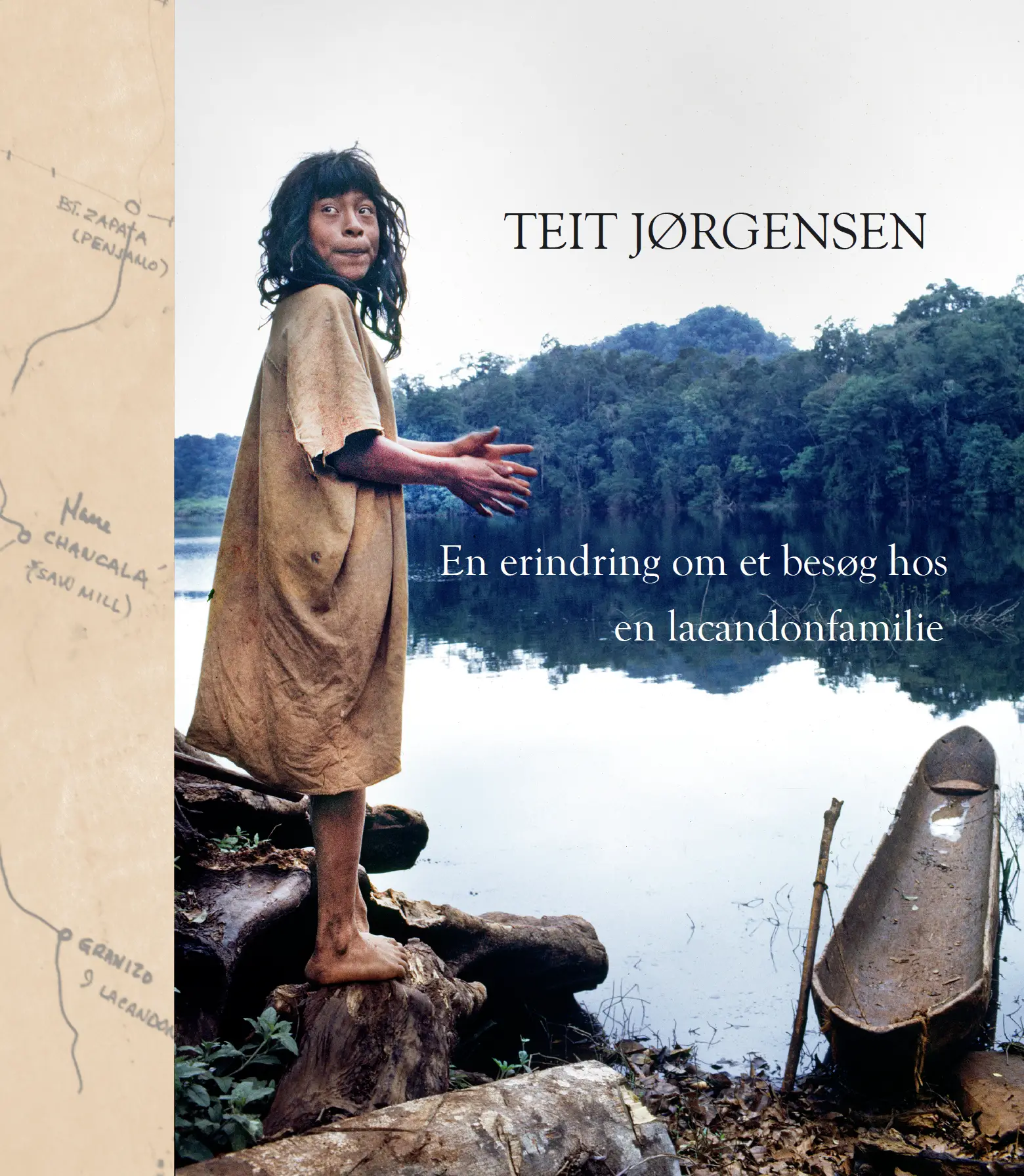
Share this post:
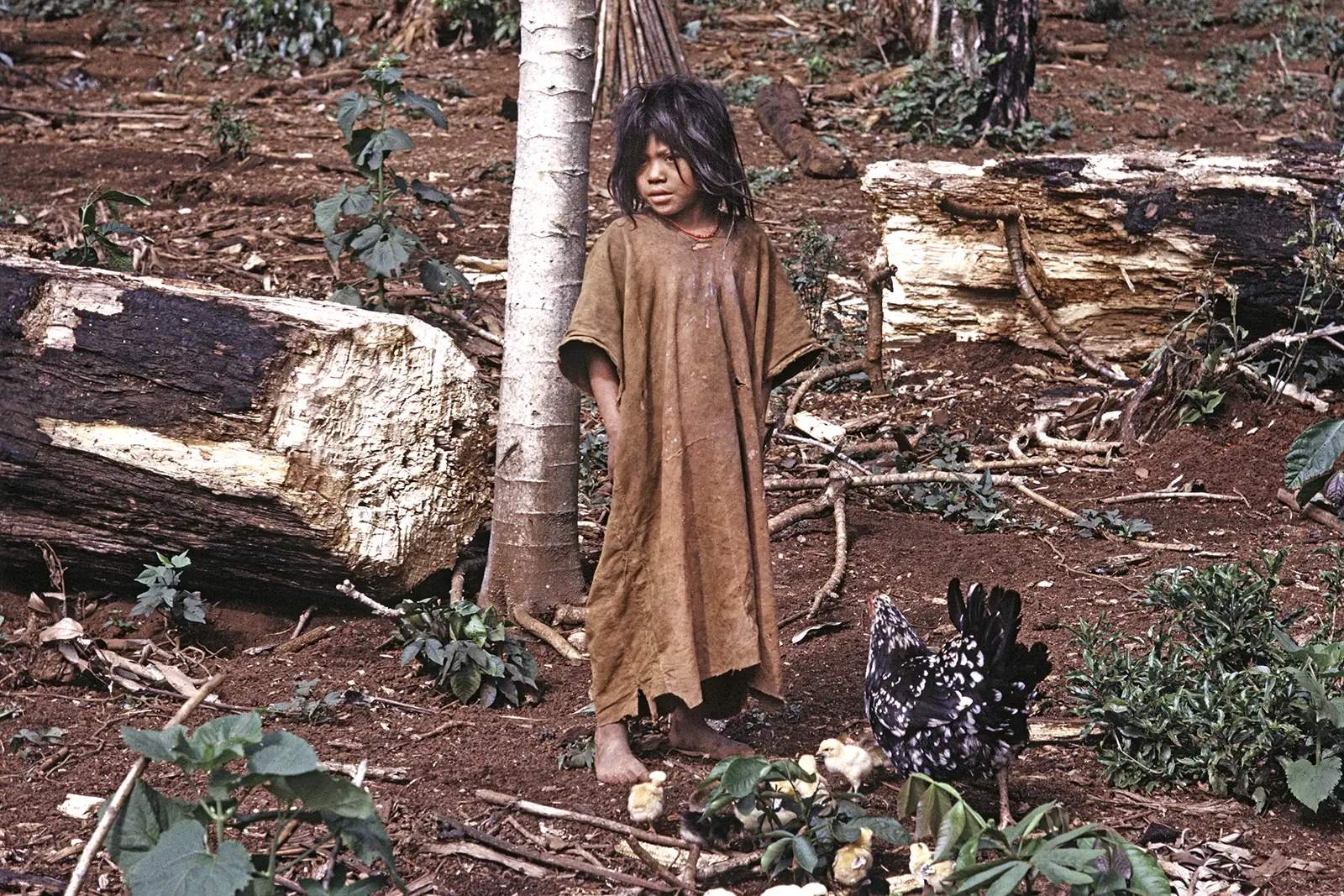


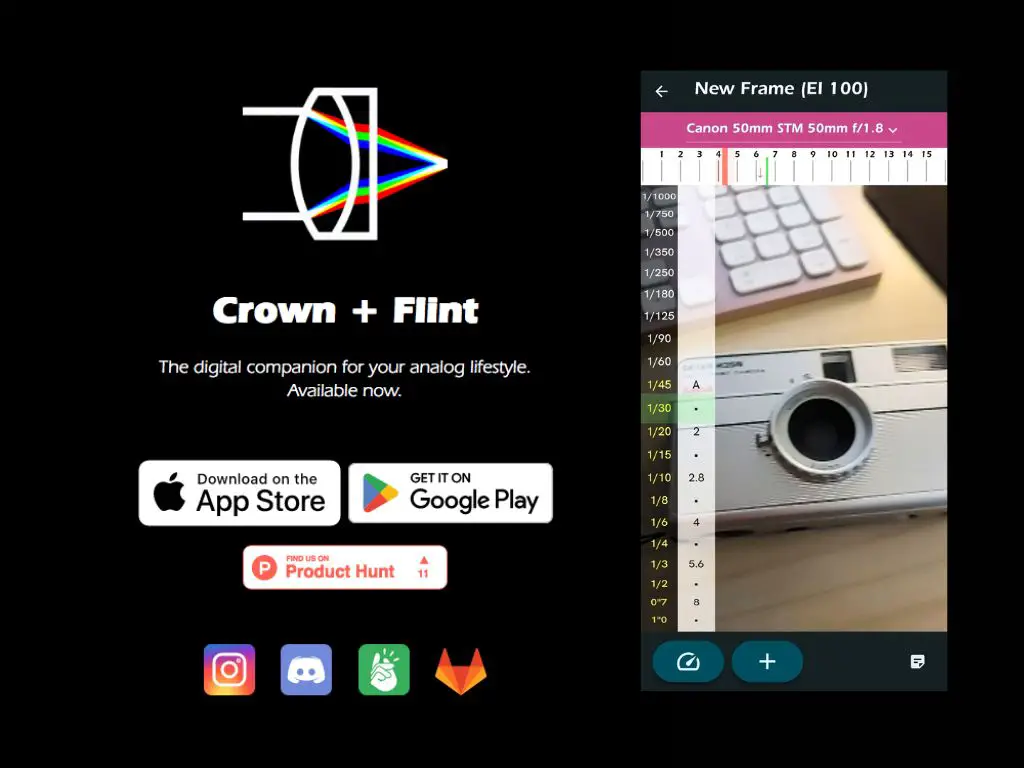
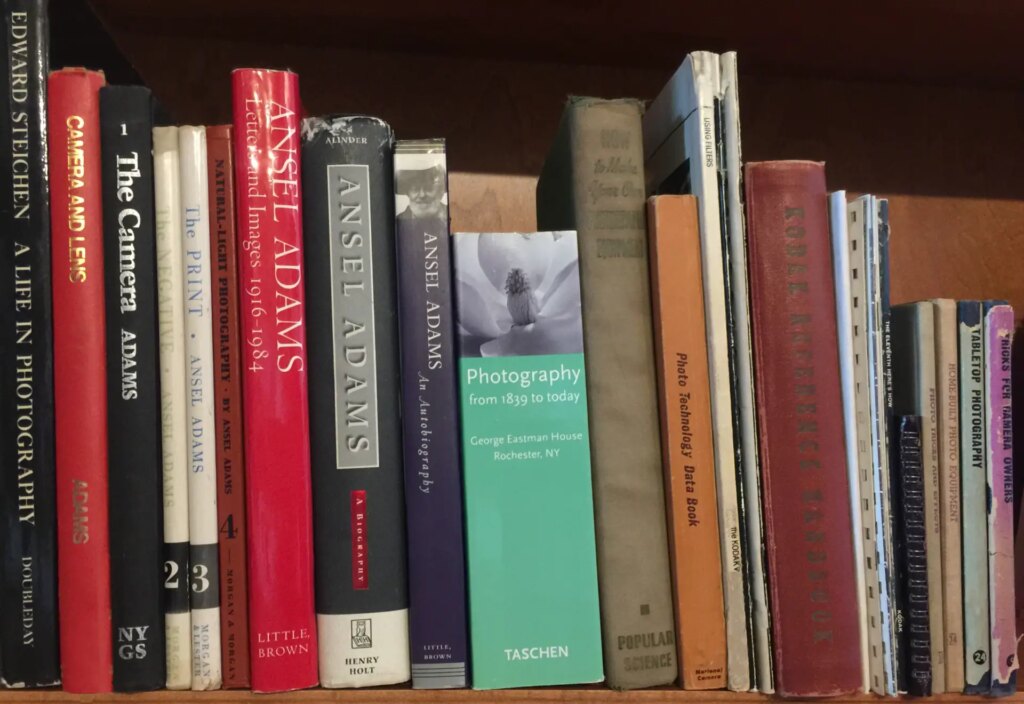




Comments
Jeremy Hunter on A Memory of a Visit to a Lacandon Family – by Teit Joergensen
Comment posted: 04/05/2022
I much enjoyed reading your reportage on the Lacandon Indians which brought back many memories. In 1979 I was in Palenque, met up with Gertrude Blum who invited to meet them. Some of the members that I was introduced to you at that time also appear in your reportage. I haven't returned there so I'd be interested to learn of their current situation.
I'm English and a photojournalist. URL is www.jeremyhunter.com
Comment posted: 04/05/2022
Carlton O. Phelps on A Memory of a Visit to a Lacandon Family – by Teit Joergensen
Comment posted: 04/05/2022
Thanks for sharing,
Jerry on A Memory of a Visit to a Lacandon Family – by Teit Joergensen
Comment posted: 04/05/2022
Teit Joergensen on A Memory of a Visit to a Lacandon Family – by Teit Joergensen
Comment posted: 04/05/2022
Jay Dann walker in Melbourne on A Memory of a Visit to a Lacandon Family – by Teit Joergensen
Comment posted: 05/05/2022
In the 1970s it was still possible to go seeking adventure. I did it too, not in Central or South America,where the going for me even then - when I was much younger and more agile than I am now, in my 70s, and the world at the time seemed endlessly full of wonderful possibilities - was too difficult, but to Bali, at that time mostly un-touristed, although the sightseeing hordes were already arriving in charter flights and the beaches were being crowded out by sun seekers from the northern hemisphere, seeking not culture or learning but beach, bash, booze, bargains - and brown babes. The sex pests had already found the place...
I took two Kodak Retina 35mm cameras and a Rolleiflex and went not to Kuta, where the fleshpots were popping up by the block, or Sanur with the well-heeled older crowd, but to Ubud, in the central highlands of the island. At that time Ubud was still a largely undeveloped small Asian paradise, if one could overlook the "difficulties". There were one or two good hotels and a small number of decent eating-places (mostly offering Indonesian food, but of a quality one has to pay big money to eat today), one good art gallery, maybe six souvenir shops and one or two travel agencies, and not much else. Verdant green rice fields were everywhere, free to all who wanted to walk, explore, look, see and learn. Electricity was only in the daytime - at 6.00 PM it was turned off, an old Indonesian custom, apparently. And we made do with kerosene lamps for reading, long dinners, conversations. Ubud then as now) was the centre for Balinese dance of a high quality, with lessons to large groups of young boys and girls by tutors who were themselves dancers - I met a few famous ones, renowned and revered for their legendary skills even in colonial times - all highly committed and dedicated to their art and teaching, even in extreme old age.
I went every day into the royal palace compound , put my Rollei on a tripod, and photographed everything I saw. The Retinas went into my pockets for daily rambles, often for many kilometres. I shot Afga CT slide and Fujicolor negative films, also Tri-X which was difficult to work with in the harsh tropical light, the latter with an orange filter to cut the glare.
I sold many images, even in B&W, to publishers in Europe and North America. Today, try even giving away a photo of Bali...
My time in Ubud changed my life. It taught me a slower way of living, working, photographing, looking at life in all its aspects. My writing became the utmost importance - I still have my diaries from that time. I bonded with the Balinese and came to respect their culture, their social values and deep family units, and how they involved art into every aspect of their daily lives, All knowledge which ultimately led me to move to Australia, where I've lived since 1976 - and to revisit Indonesia, not only Bali but many other parts of that unique and fascinating archipelago, many times since. Later this year I will go back, this time with Nikon DSLRs. Much time has passed, so many things have changed. Also many aspects of our photography.
Oddly, my slides (mostly on Agfa CT films, renowned for fast fading) and Fujicolor have all survived in archival folders. I must take them out and relive it all, as you did.
Apologies for having (sort of) hijacked your most readable article with my thoughts. So different from your travels, yes, but our quests were so similar in many ways.
I l look forward to reading much more from you.
From Dann in Melbourne, Australia
Gary on A Memory of a Visit to a Lacandon Family – by Teit Joergensen
Comment posted: 05/05/2022